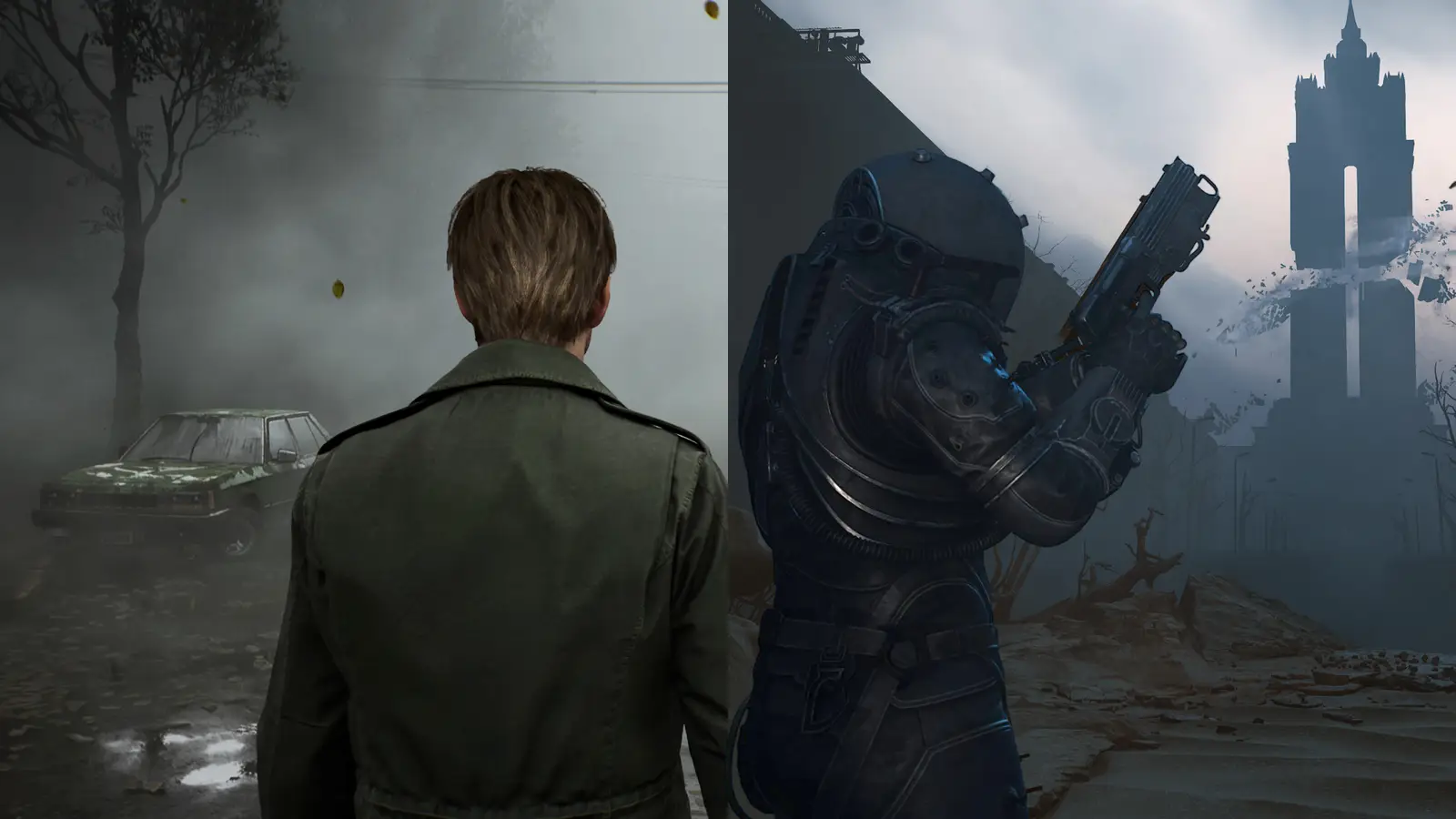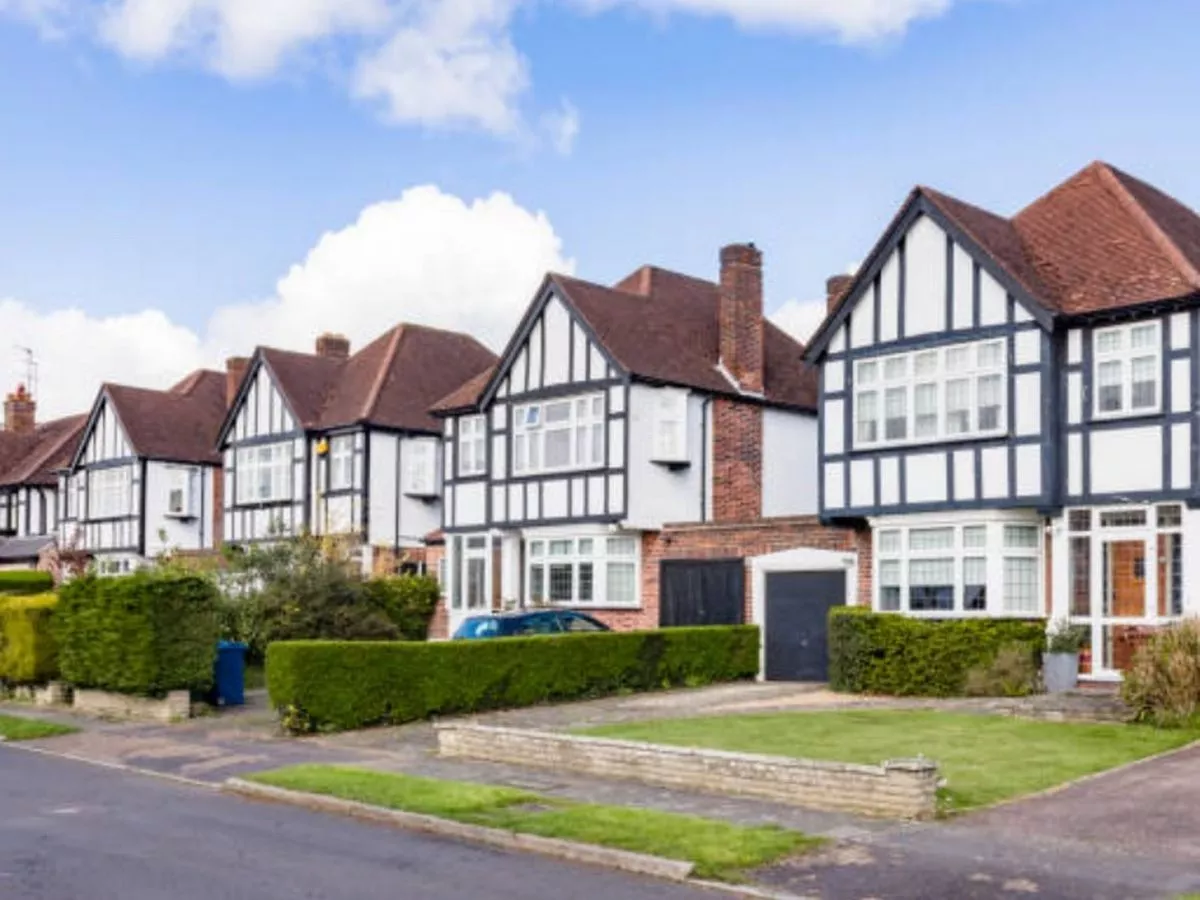
Bloober Team’s remake of one of the most popular psychological horror games of all time, Silent Hill 2, was largely a home run. The devs truly understood what the job required, and they stuck to the roots of the original game, delivering a modern remake that genuinely became the definitive way to experience James Sunderland’s story. One year later, Bloober Team had an even more unenviable task that came with significantly more pressure — releasing their own, brand-new horror IP.
With Cronos: The New Dawn, it’s clear that the Polish studio has gone out of its way to make sure players recognize the game as an original concept without derivations or comparisons to the remakes they are building. By and large, those efforts have succeeded, because Cronos: The New Dawn manages to stand on its own two legs confidently and mark itself as a major new AAA survival-horror title in this generation. In fact, I’d daresay that The New Dawn even manages to do a few things better than the Silent Hill 2 remake, all of which genuinely gets me excited at the possibility of a sequel.
3 The New Dawn’s combat is far more varied
Silent Hill 2, on the other hand, is a whack-and-shoot fest
One of the most common (and deserved) gripes with the Silent Hill 2 Remake is its limited combat loop. You’ve got melee weapons, a handgun, a shotgun, and a rifle — enough to keep encounters tense, yes, but nothing more than the standard horror game affair. It’s deliberate, of course, since it’s meant to emphasize fragility and scarcity, but after a while, it can start to feel like you’re repeating the exact same beats in the moment-to-moment gameplay: smack a creature down, back away, and repeat, or unload a couple of bullets before retreating to conserve some ammo.
That monotony is what Cronos: The New Dawn breaks, thanks to a broader arsenal and layered combat design. The gameplay shines with multiple tools and weapons in your arsenal, with your suit being a weapon in and of itself, packed with an incinerator and a bomber mechanic that keeps things fresh in every encounter. Add in its clever corpse-burning mechanic to prevent the enemies from merging with dead bodies and becoming stronger, and that adds a whole new layer of depth to the combat, because you can either use precious resources to prevent the mutations, or risk running low on supplies by facing a tougher single opponent later on.
That’s what has you kiting enemies in every encounter while playing Cronos: The New Dawn. Enemies become puzzles you have to solve by making sure you scan the environment, use whatever explosive you can find, and try to get them all in one area so that once they’re dead, you can burn them all in one go. The entire combat system in Cronos: The New Dawn feels immensely satisfying, in a way that the Silent Hill 2 Remake never quite achieved. And Cronos doesn’t do that by sacrificing tension, either, thanks to tight environment and sound design that will always have your head on a swivel and eyes darting around every corner, stressed already about the next encounter.
2 A novel setting and fantastic environmental design set Cronos apart
New Dawn’s steelworker town is way eerier than Silent Hill
Let’s give credit where it’s due: the remake’s rendition of Silent Hill 2 looks incredible. Bloober Team did a stellar job of reimagining the fog-drenched streets, claustrophobic interior, and oppressive atmosphere with modern fidelity, and for the most part, it captured the town’s suffocating dread. But while Silent Hill 2 leans on nostalgia and familiar locations, Cronos: The New Dawn crafts something wholly unique, and that is where its success lies.
Cronos’s alternate-history, brutalist imagining of Poland is a setting I never realized I had needed until I truly was there, exploring the strange architecture. The massive concrete blocks, the abandoned Soviet-era structures, and the industrial ruins — all of that in itself builds such an imposing and impactful atmosphere that the grotesque sci-fi horror elements only make things sweeter. This is not just another decrepit American town filled with monsters, no. Instead, New Dawn is steeped in its own visual identity, and this steelworkers’ town steeped in alien corruption still manages to feel grounded and eerie, while being completely believable every step of the way.
Every apartment complex and ruined street in the town of New Dawn tells a story in Cronos. You’re navigating a space that is begging to be unraveled, and you’re driven by a need for answers to questions that haven’t even formed fully in your head. The Silent Hill 2 remake, on the other hand, despite its visual polish, often feels bound by familiarity, despite the devs’ attempts at filling downtime between major attempts with new filler material.
This is where Cronos gets it right. It gives you a world that’s terrifying because firstly, you’ve never seen anything quite like it, and secondly, it works as an eerie horror setting even after you remove the grotesque monsters and fog (yes, there’s a mod for that). New Dawn earns its atmosphere through fresh design choices that keep you on the edge of your seat at every turn, and this is a title I can clearly see turning into a new-age Dead Space for this generation and the next.
1 Cronos presents an all-new IP with higher narrative ambition
The narrative ambition here is the biggest point of divergence
This is the biggest point of divergence between Silent Hill 2 and Cronos: The New Dawn. The remake is, by its very nature, shackled to the framework of the original, as it had to retell James Sunderland’s story while keeping the broad strokes intact. Sure, it manages to add flourishes and tweaks, but it couldn’t stray too far without alienating fans who came in expecting a faithful reimagining. That’s what makes any remake, however well-done it might be, both an opportunity and a limitation.
Cronos, on the other hand, came into our libraries with no such baggage. It’s a new IP, which means that it has the freedom to carve its own path narratively, and Bloober Team clearly swung for the fences here. The story isn’t afraid to blend body horror, time manipulation, existential dread, and an oppressive dystopian backdrop into something ambitious. Throw in some wonderfully unique art design choices that pair Lovecraftian themes with H.R. Giger’s visual elements, and it might get messy at times, but always unique and impactful.
Then comes the plot, which, thankfully, isn’t a surface-level, ‘we-need-a-reason-to-shoot-at-enemies’ kind. Cronos layers its lore into the environment, and it asks you to piece together what happened. Despite being a linear game by nature, the game isn’t afraid to surprise you with twists that feel wonderfully new, and the multiple endings in the game depend on choices you might not even know you’re making along the way. The horror genre itself thrives on the unknown, and Cronos leans heavily into that uncertainty with the utmost amount of confidence.
Neither of the two games erases the other
In a space where players always want new AAA IPs, Cronos stands out impressively.
At the end of the day, the Silent Hill 2 remake is still one of the best remakes ever made, and if you’re in it for the nostalgia or just a new, younger gamer discovering this story for the first time, it delivers on what it promises, and then some. Still, in a space where players are always looking for new IPs from AAA companies, Cronos: The New Dawn stands out impressively.
No, it doesn’t mean that one erases the other, or even that either of these two games is better than the other. Both have their own place in the modern survival-horror genre, in Bloober Team’s portfolio, and in the horror hall of fame, years down the line.



